FS Colour Series: EUCALYPTUS Inspired by Mary Cassatt’s Cool Greens
American-French Impressionist painter Mary Cassatt had an innate ability to capture the crisp, sparkling freshness of daylight, painted with a bright palette of cool, pastel shades like EUCALYPTUS. Women and children were always at the centre of her paintings, often painted with great tenderness, but her real subject was the shimmering light falling all around them, rippling through clothing or bristling across the surface of water, grass and trees. She captured this airy luminescence with a loose, fluid and impressionistic language, creating some of the most important paintings of the late 19th and early 20th century.
Mary Cassatt was born in 1844 in Pennsylvania to a wealthy family. Her father was a successful stockbroker, while her mother came from a family of bankers. From 1851 to 1855, Cassatt spent several years living between France and Germany – this was her first exposure to European art and culture, and she was hooked. Cassatt also learned French and German, becoming fluent by her teenage years, giving her skills that would make it easy for her to travel later in life. In 1860, Cassatt spent two years training as a painter at the Pennsylvania Academy of Fine Arts, and in 1865 she continued her studies in Paris with the painter Jean-Leon Gerome.
After a brief return to the United States, followed by wider travel throughout Europe, Cassatt eventually set up a permanent base in Paris. She welcomed the liberating atmosphere of Paris, where, as she put it, “women [did] not have to fight for recognition if they did serious work.” Initially Cassatt strove to paint in a style that would be accepted by the Parisian Salon, but over time she became more closely affiliated with the French Impressionist group, particularly Edgar Degas, with whom she established a strong and long-lasting friendship.
Like Degas, Cassatt painted people, predominantly in everyday domestic settings, capturing the ordinary minutiae of daily life in Paris during the turn of the century. While being a woman may have restricted Cassatt’s access to the bars and cafés in Degas’ art, Cassatt nonetheless relished the chance to paint what a woman’s world looked like at the time, from children playing to women enjoying leisure pursuits. In The Boating Party, 1893, Cassatt paints a young family on the Mediterranean coast of Antibes, relaxing in the fresh open air. The painting was radical in its day for its bold, simplified design, which makes a nod towards the flattened designs of Japanese prints. On the left, a crisp cool passage of green forms an arched triangle, while the same vibrant colour is echoed in the curved hats of the woman and her child.
Cassatt’s expressive pastel drawing Nurse Reading to a Little Girl, 1895, is just as lively and fervent, as Cassatt captures a tender, intimate moment between a child and her caregiver. In the background, grass is a pale haze of turquoise, capturing the cool crisp freshness of the Parisian outdoors. In the later painting Children Playing with a Cat, 1907-08, Cassatt captures a snapshot moment between young children who play with a kitten, while their mother affectionately looks on. The sitters stand out against a dark grey backdrop, their vibrant dresses bursting with light. Cassatt deliberately creates a sharp contrast between the zesty, lemon yellow of the woman’s clothing, and the pale green of the young girl’s dress, which billows around her like a flower. Meanwhile, in Girl in a Bonnet Tied with a Large Pink Bow, 1909, Cassatt returns to an outdoor setting, this time painting a young girl caught in a moment of private reflection. Here she sets up a complimentary contrast between the soft, salmon pink of the girl’s dramatic, theatrical bow, and the pale turquoise green of the manicured garden as it opens out into the space behind her.





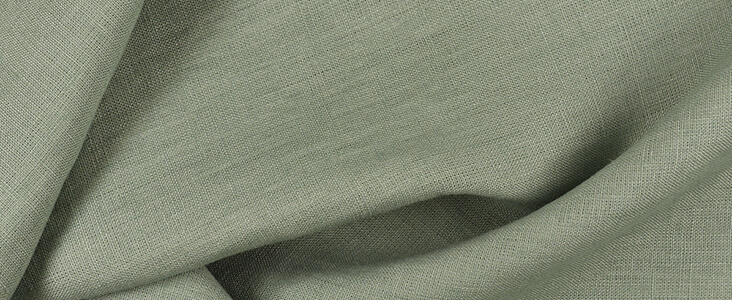
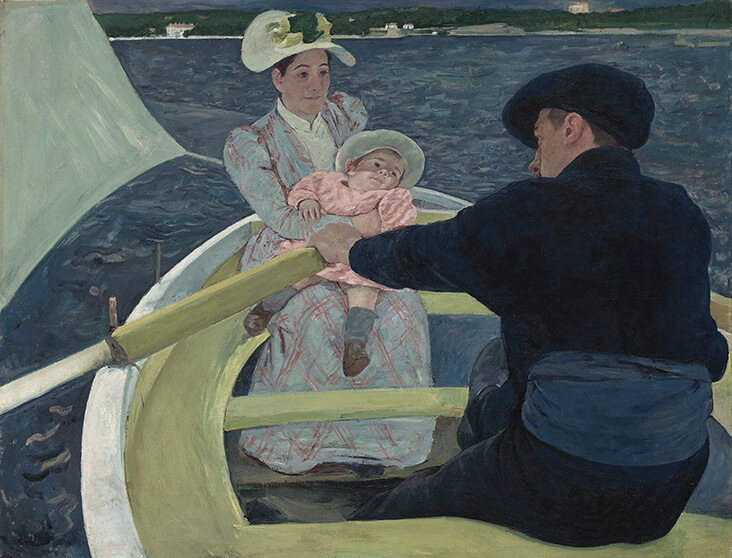
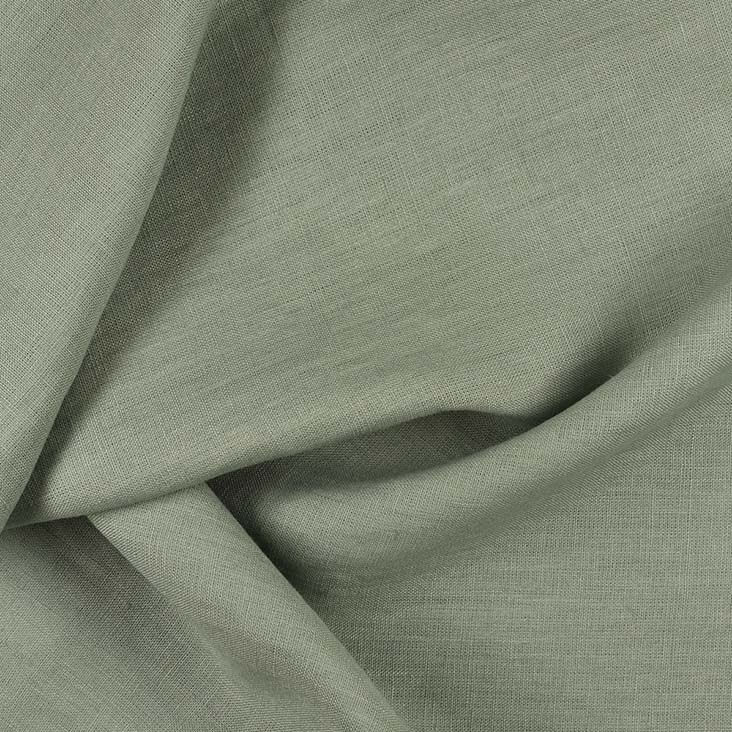
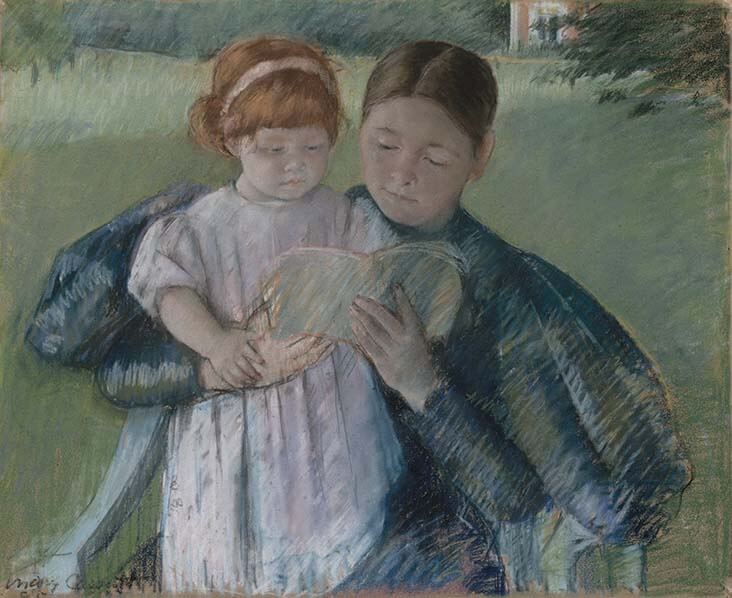
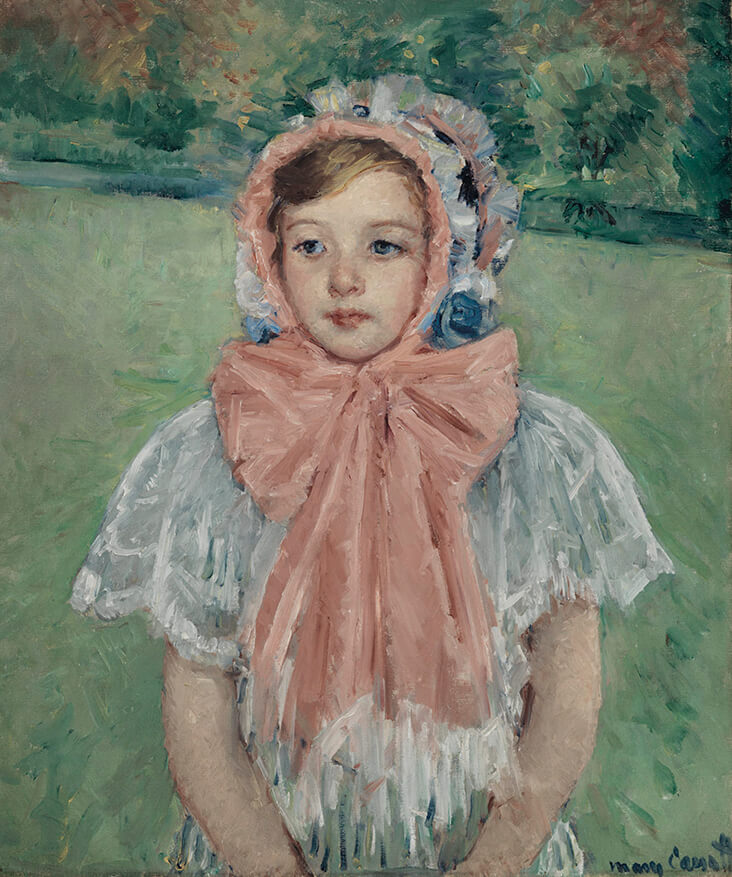
















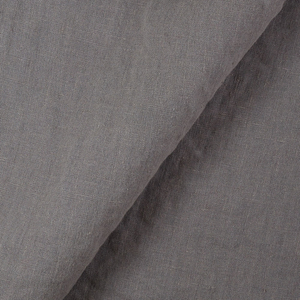


























One Comment
Vicki Lang
What lovely paintings of family life. Also love the green. It makes you wish spring would come faster.